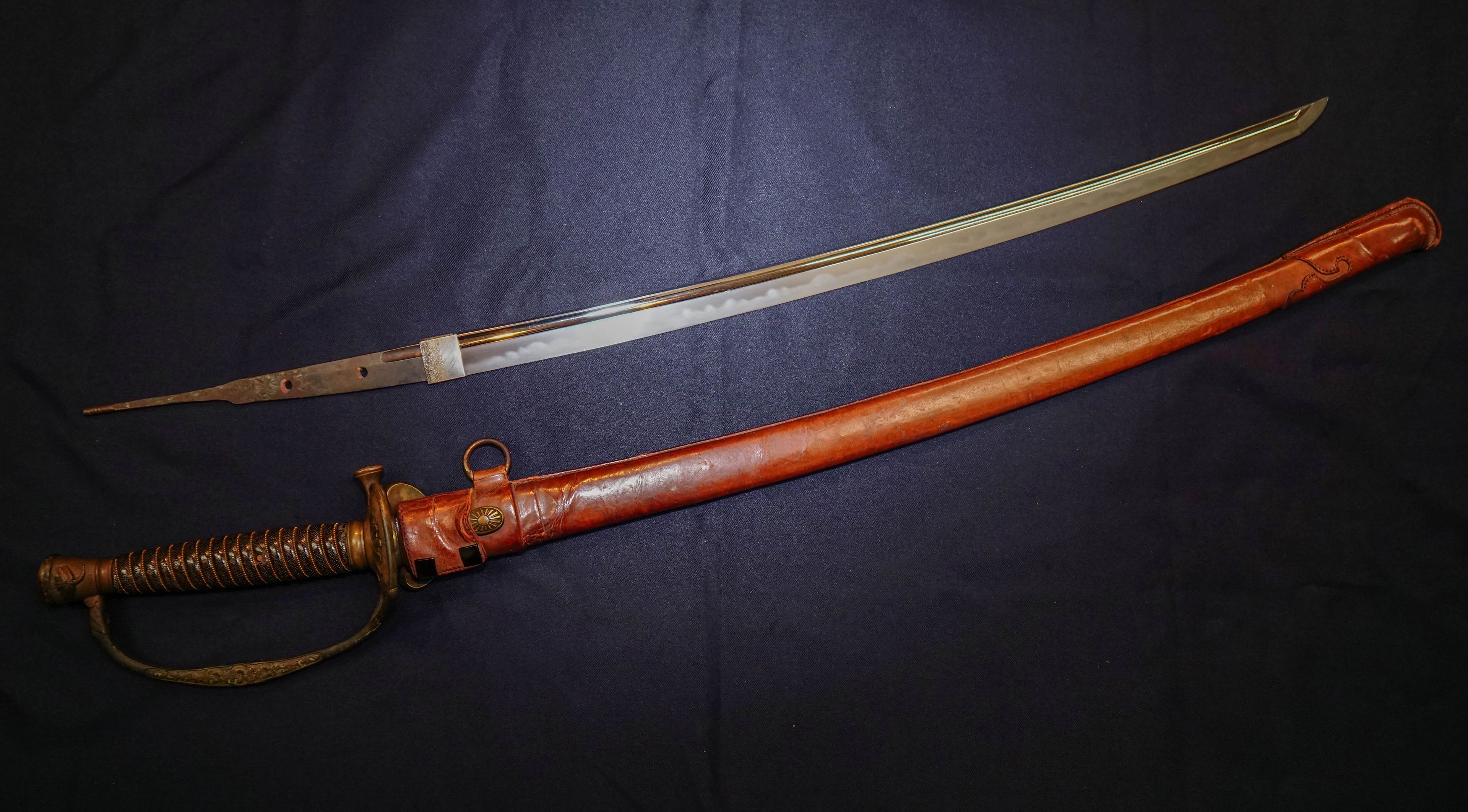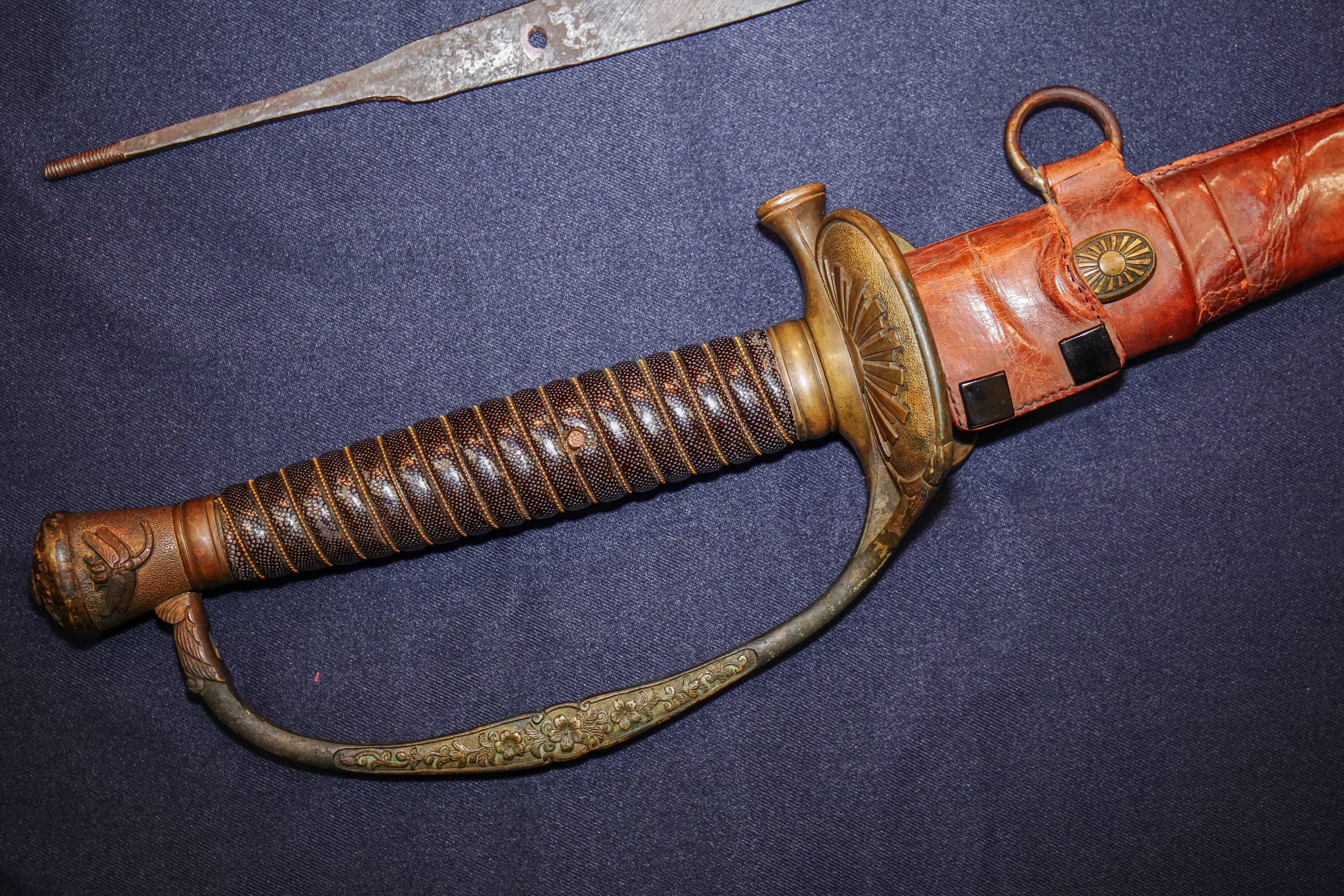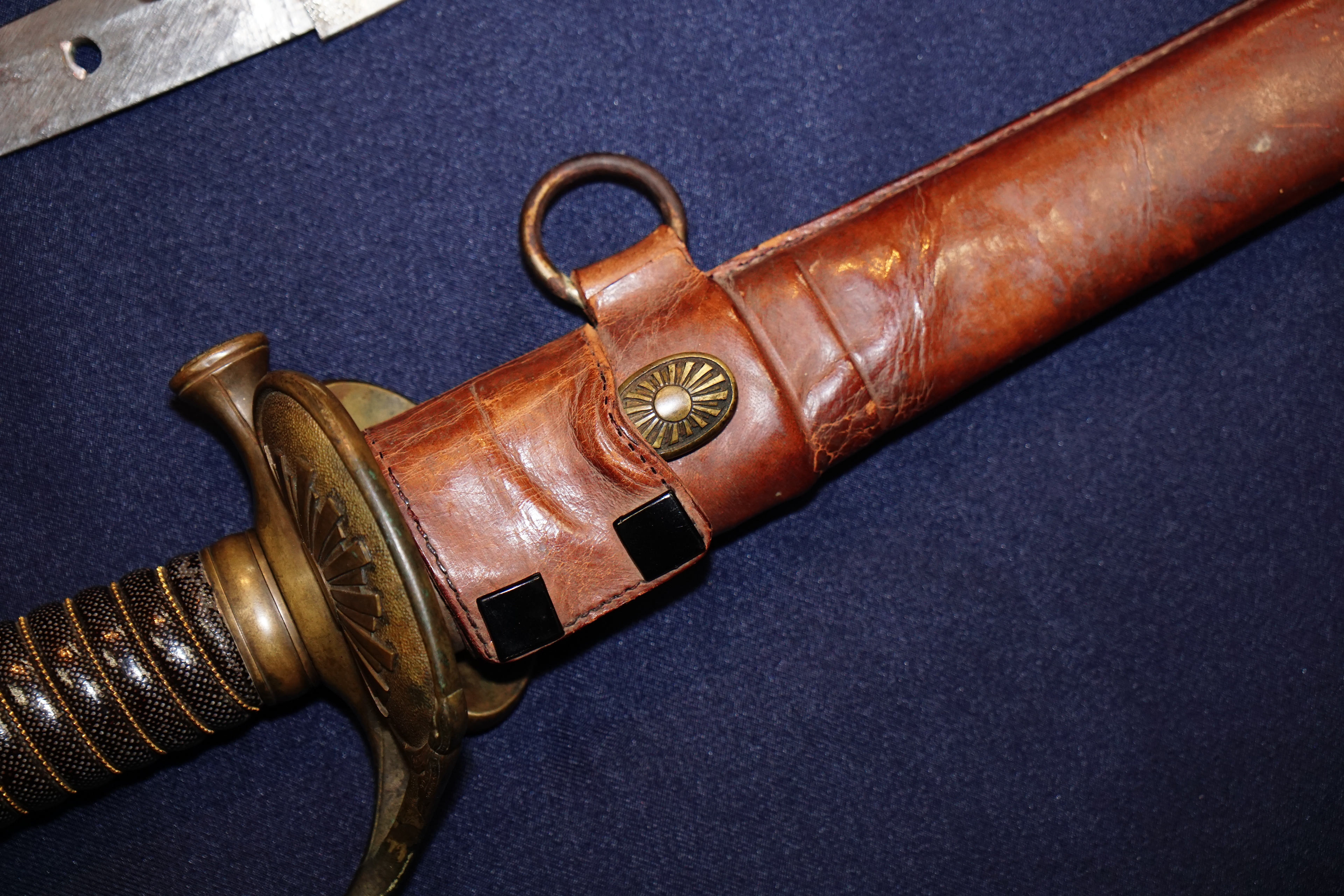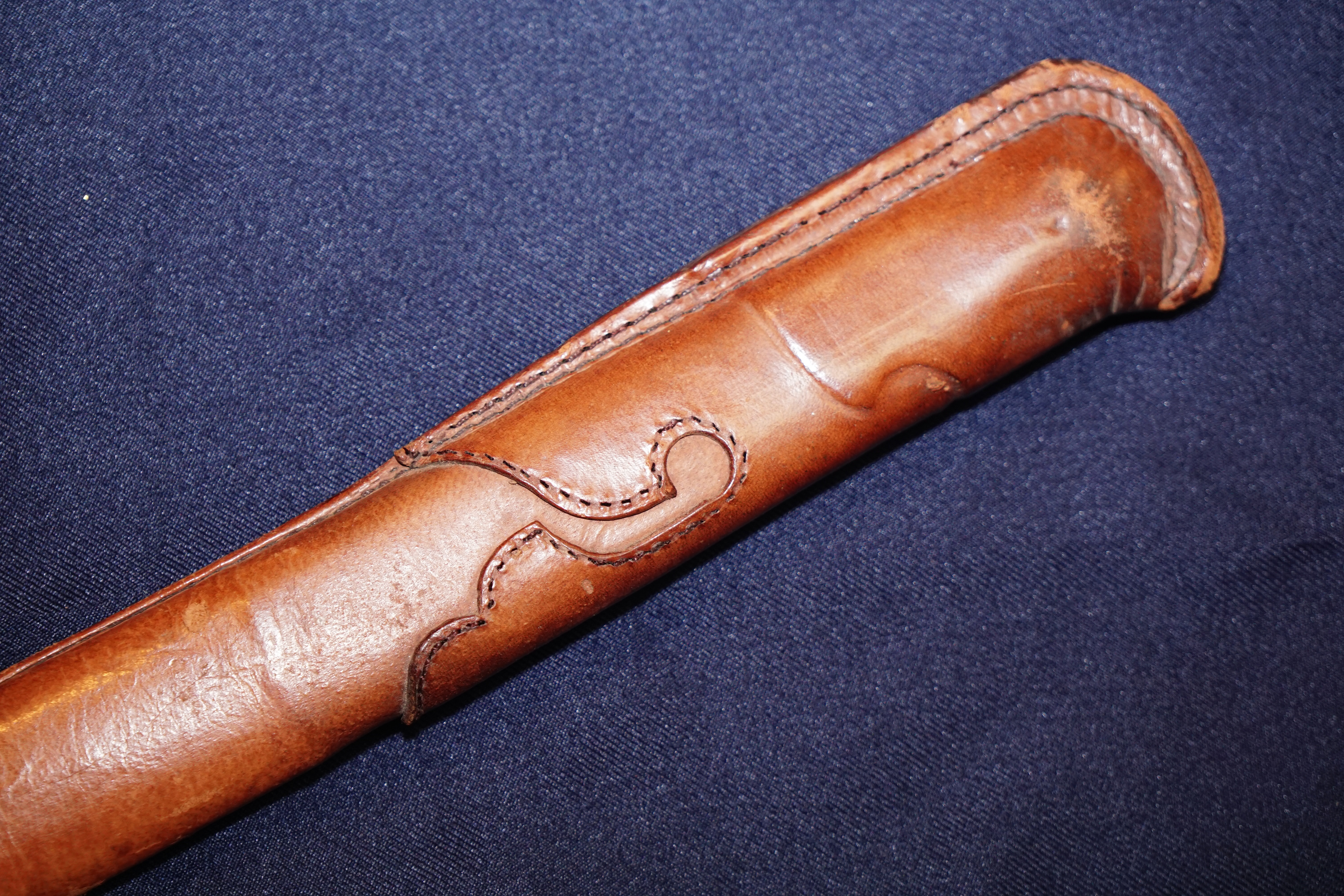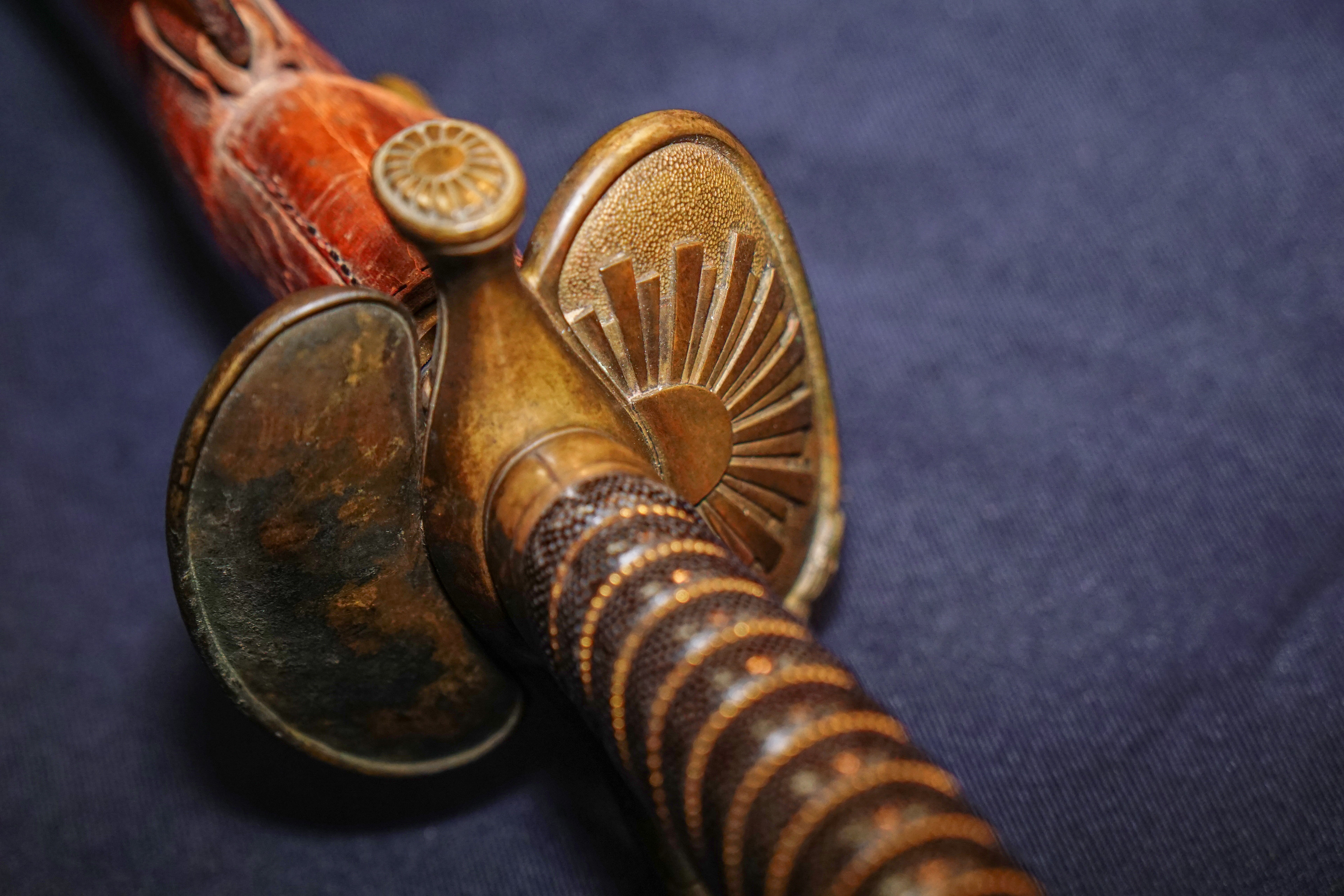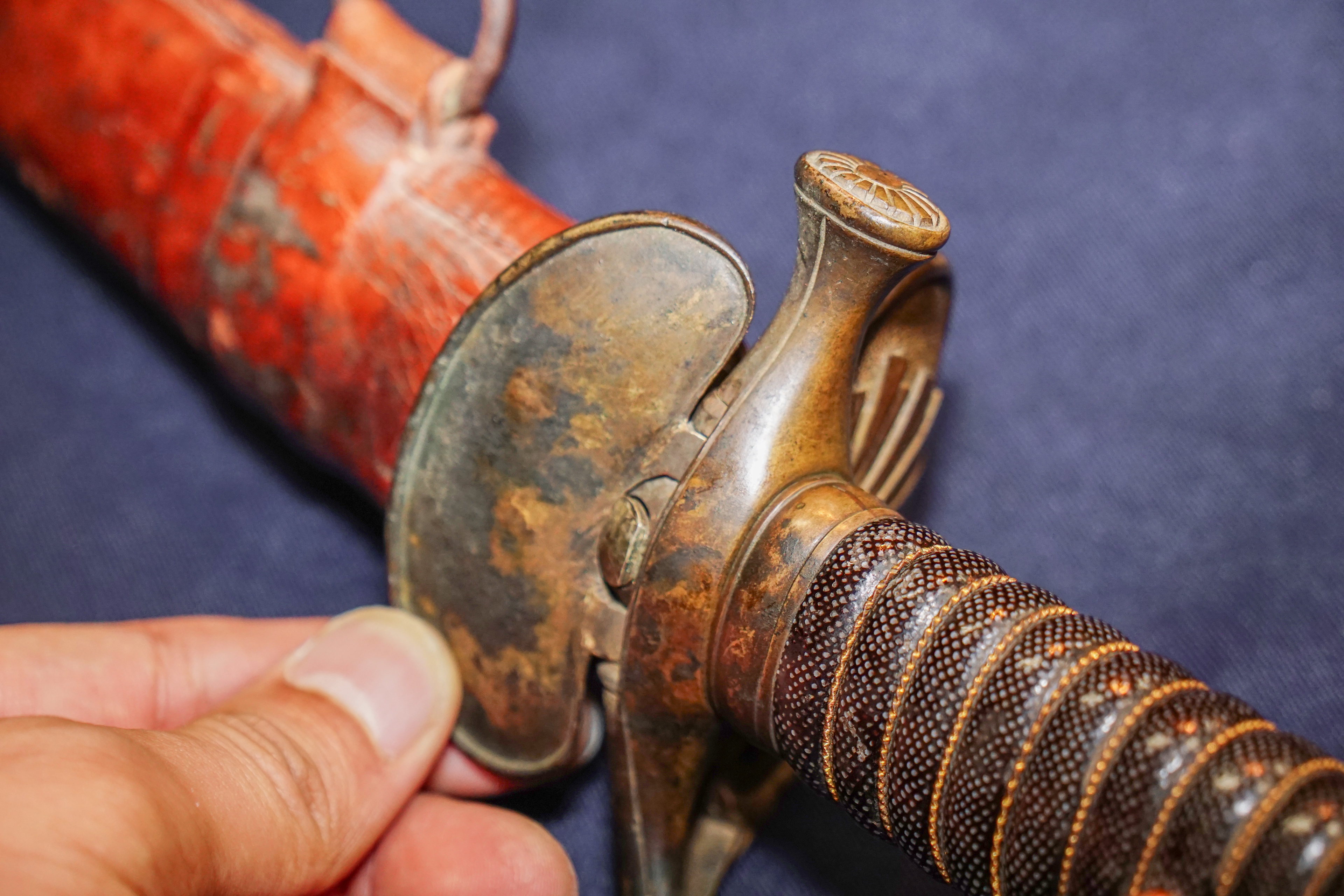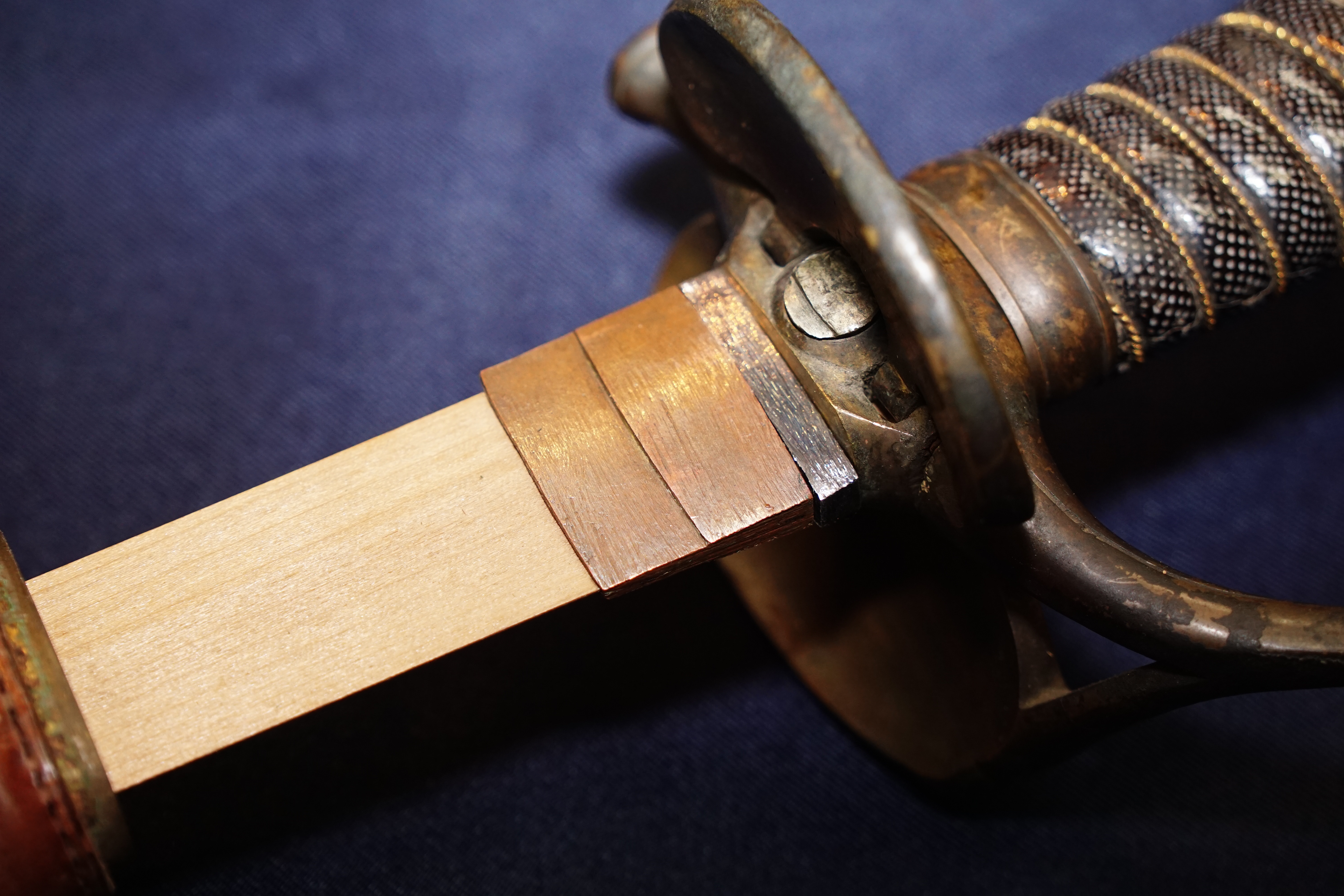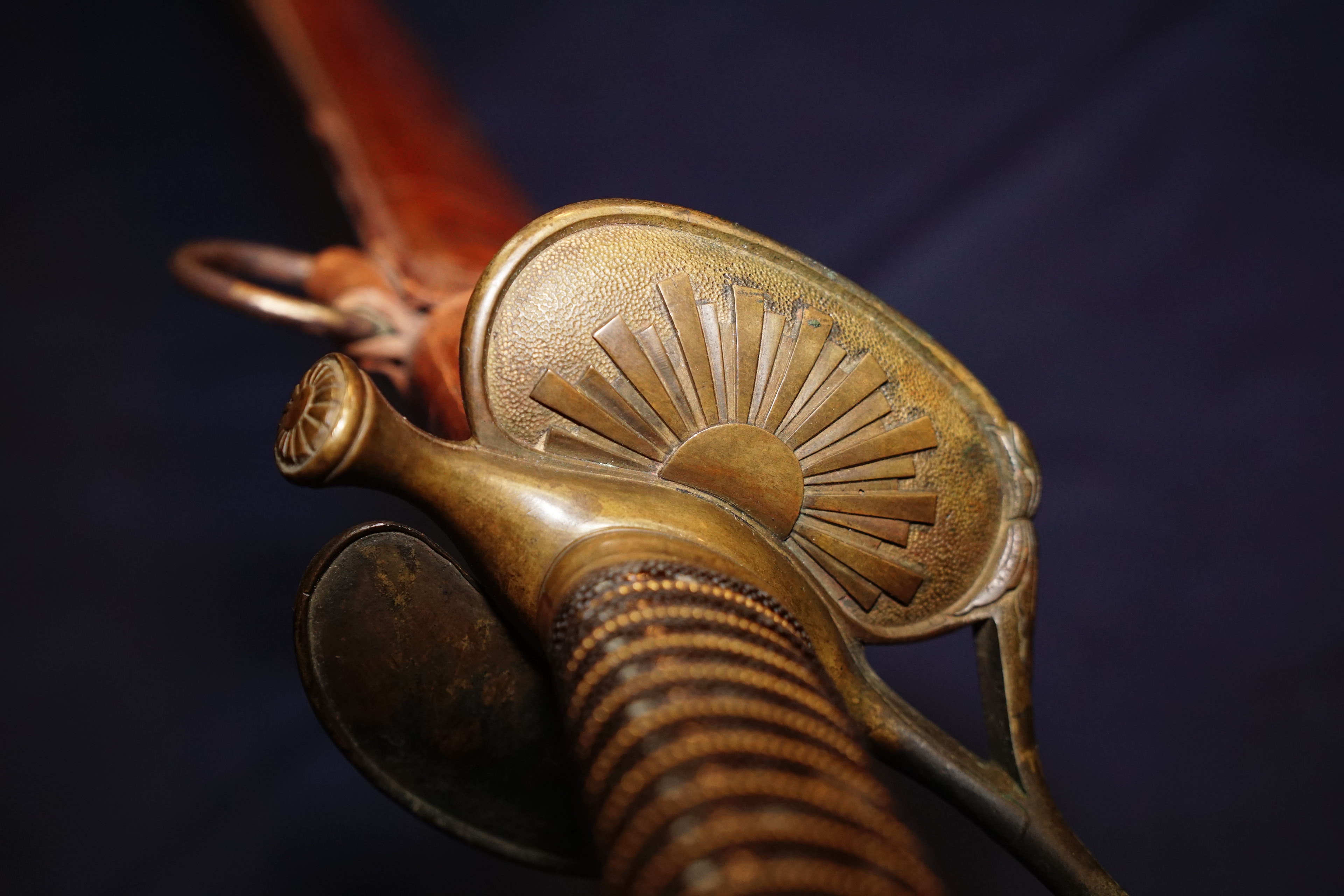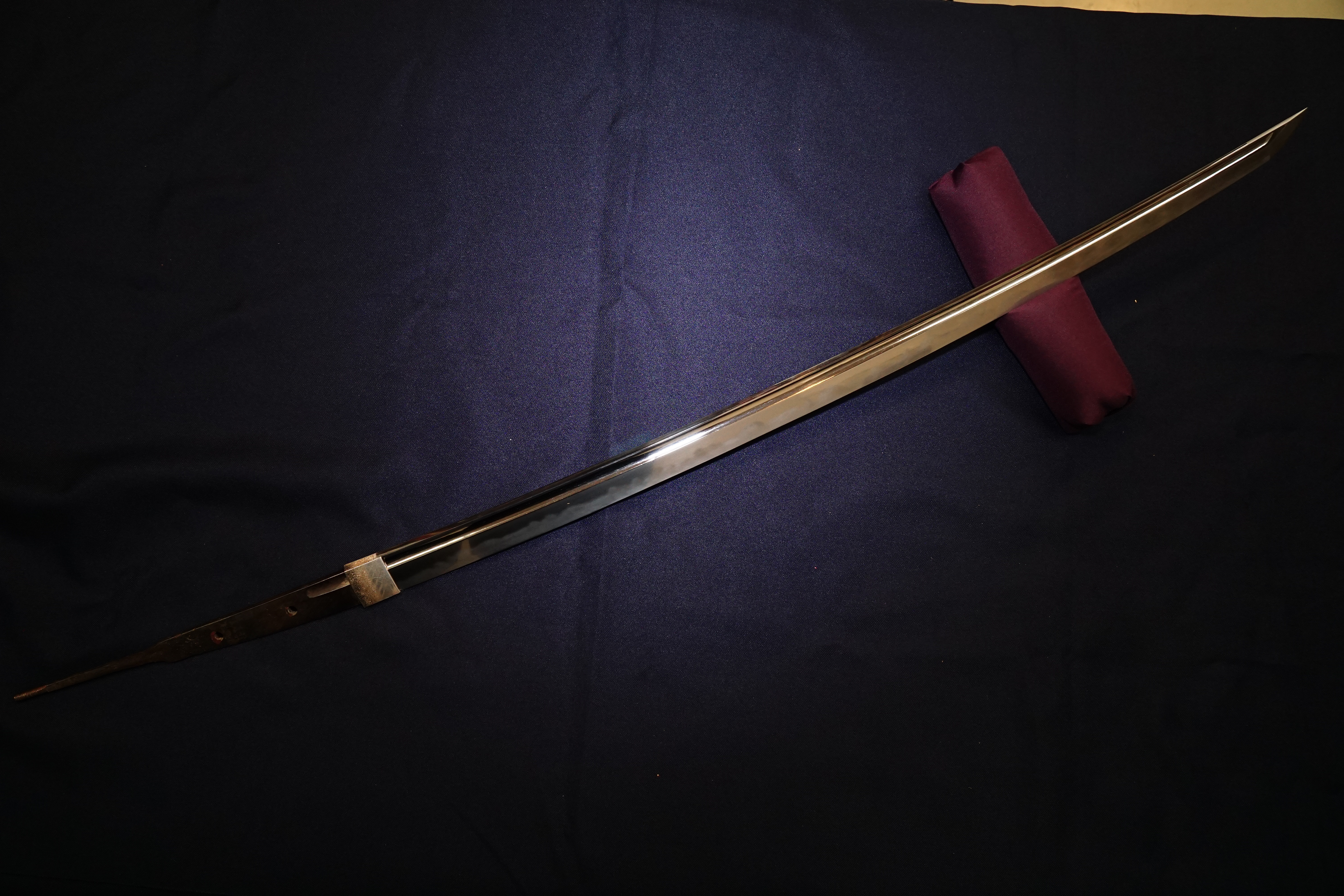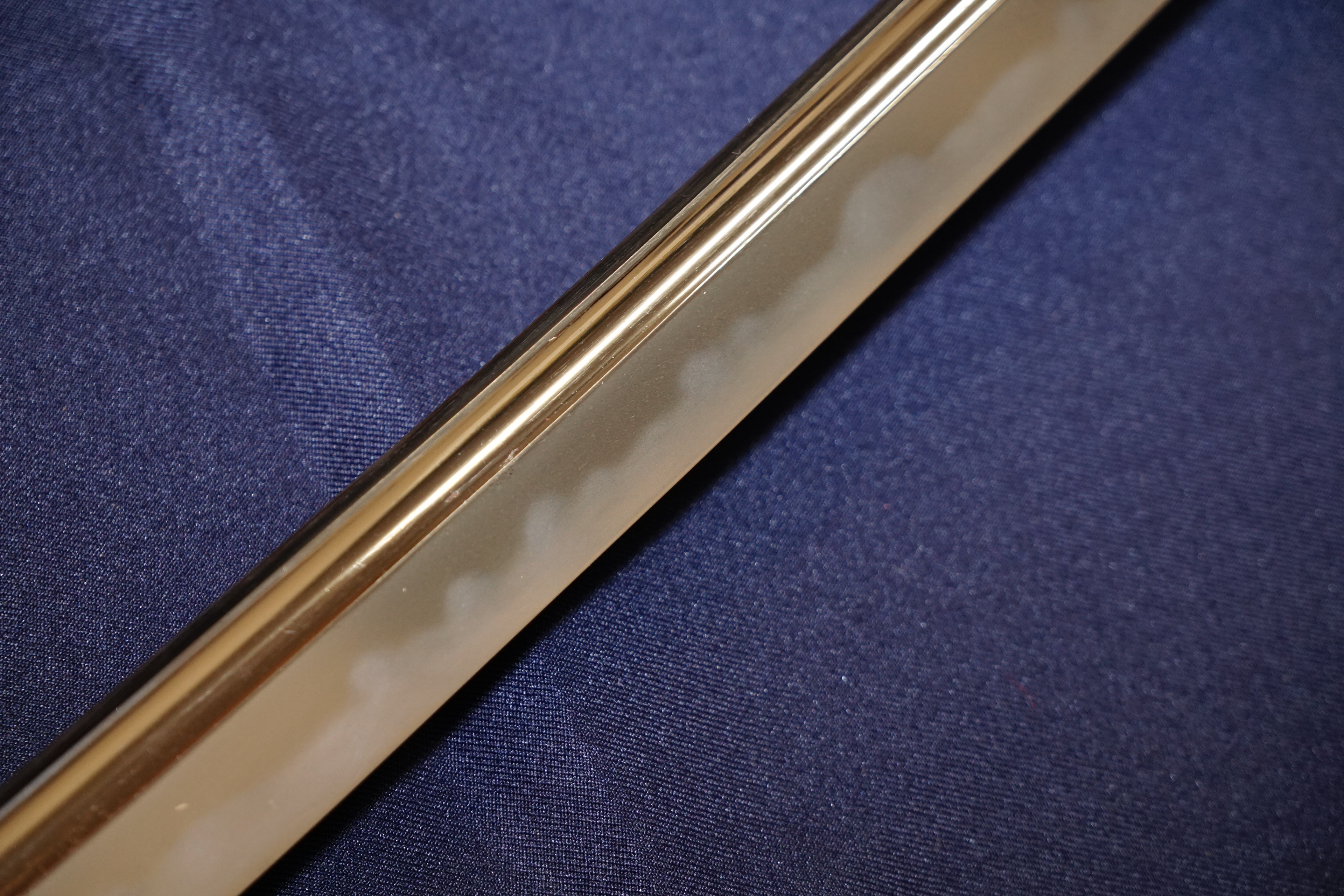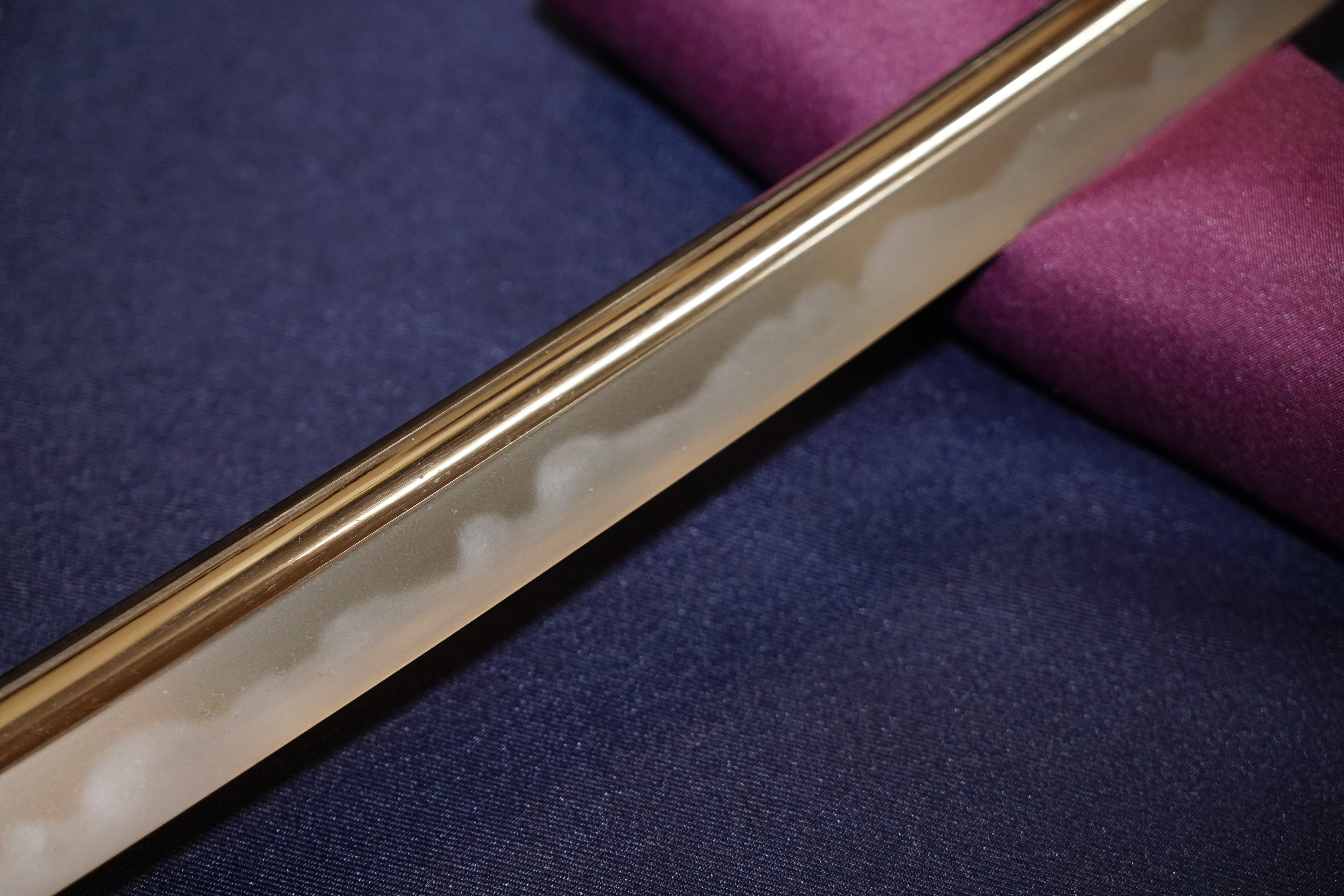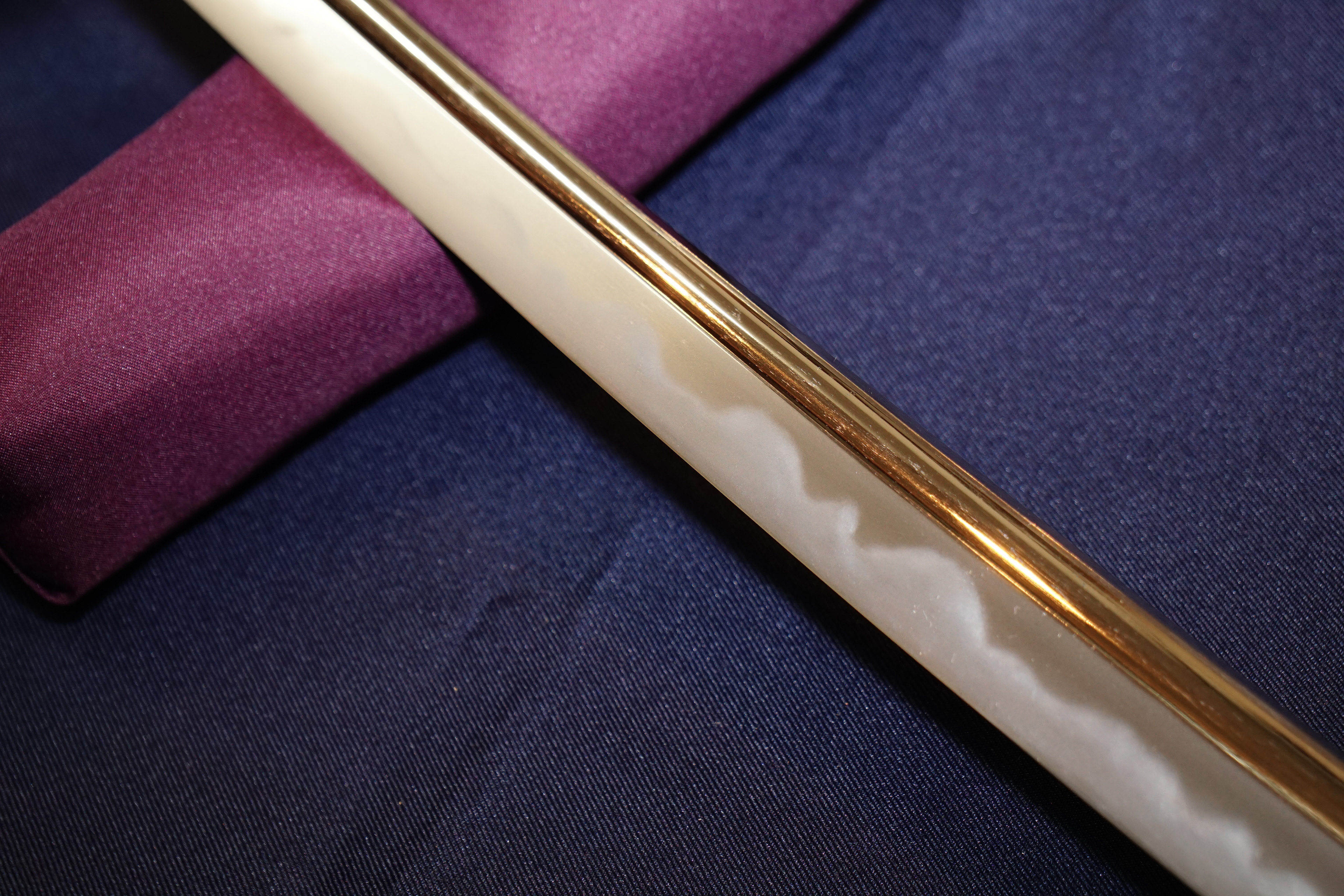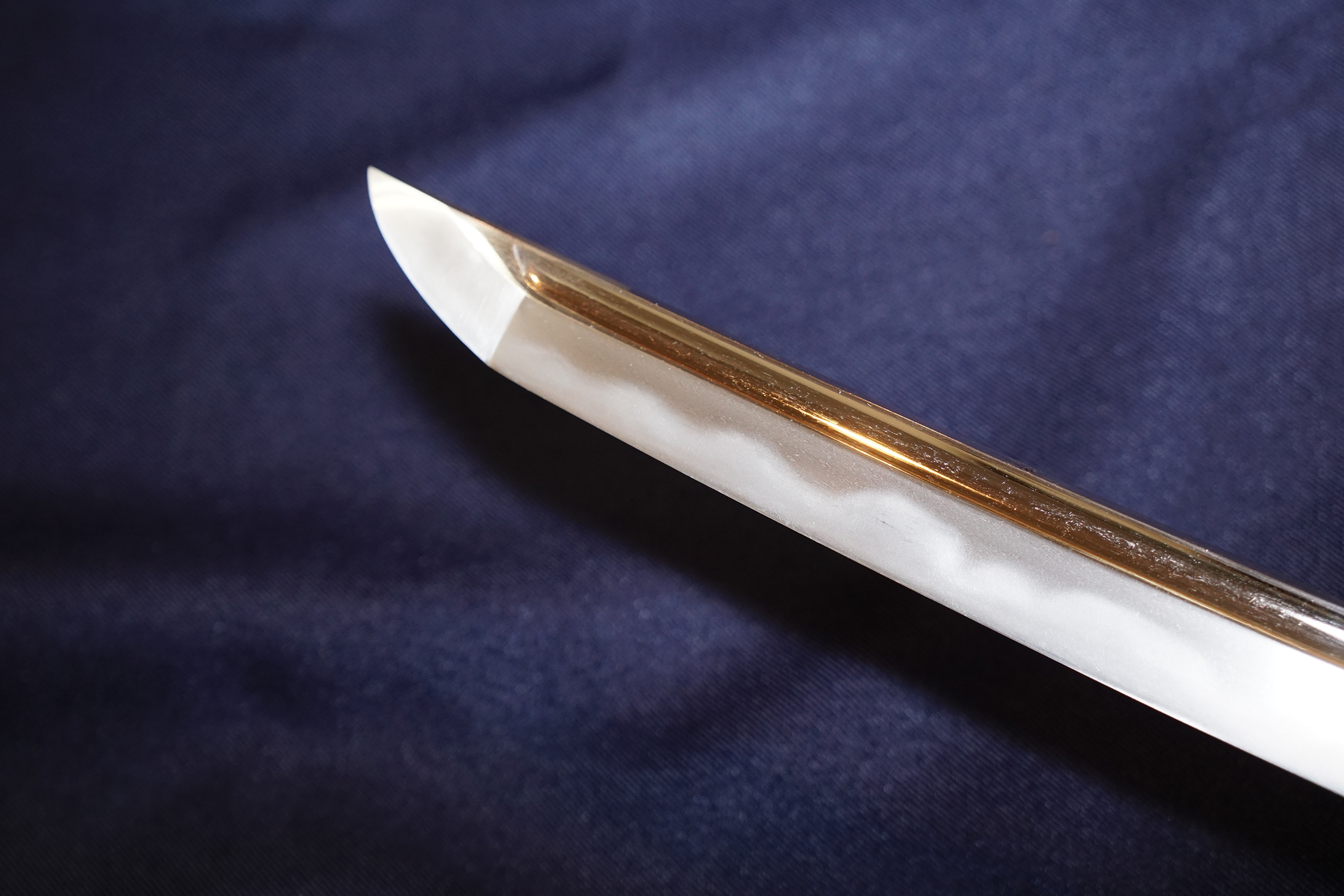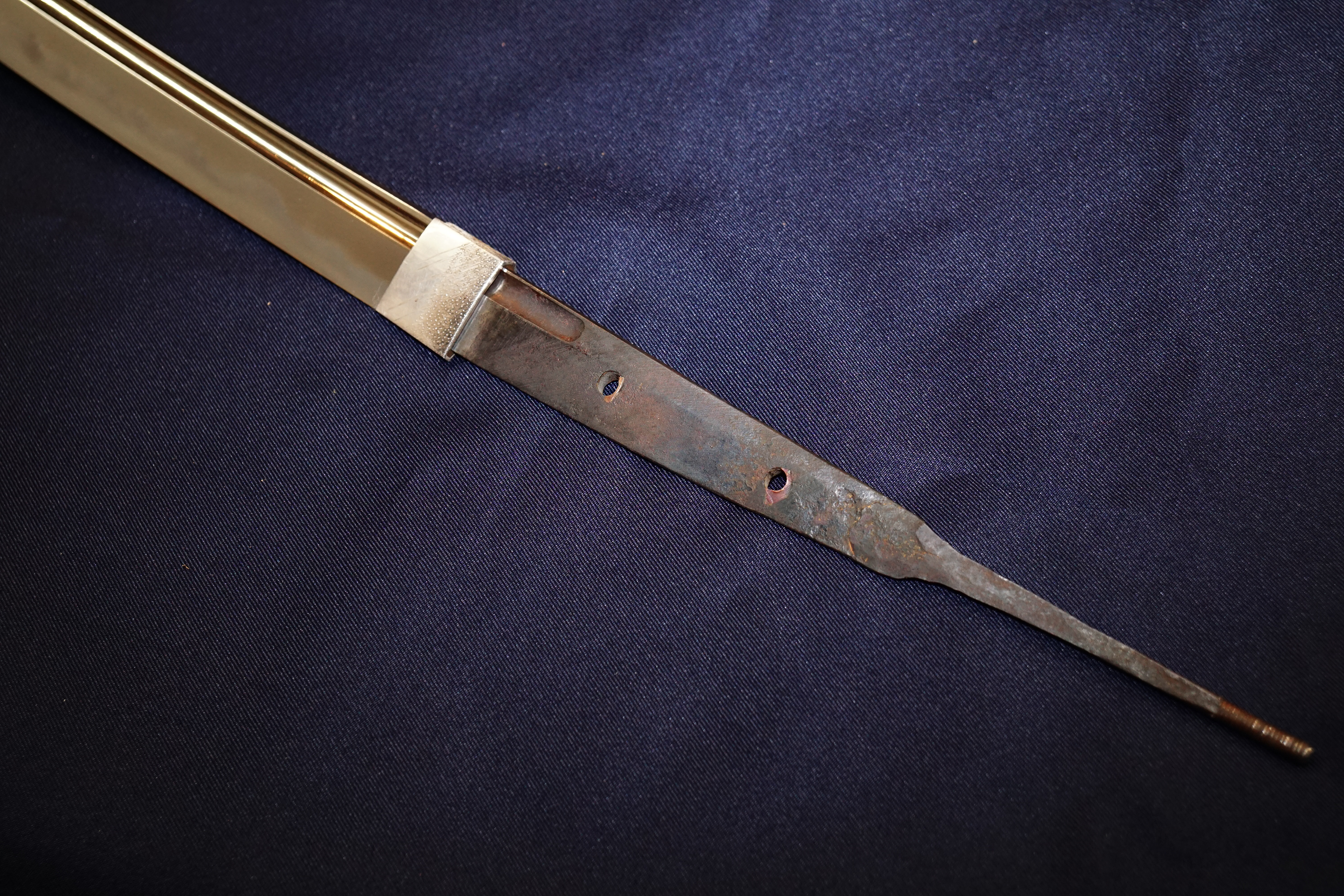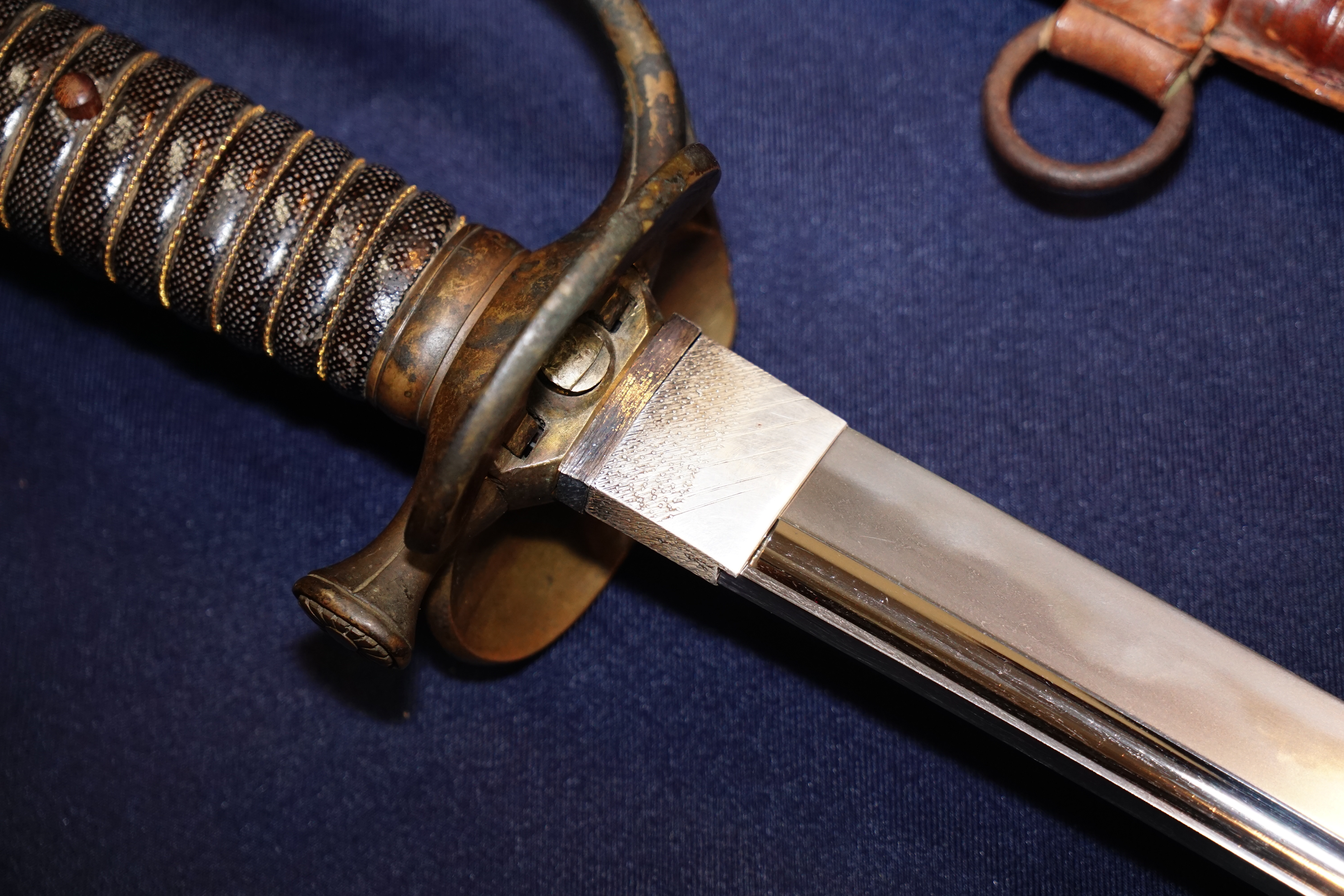Owari Seki (尾張関)
Owari Seki refers to a group of swordsmiths who migrated from Mino Province (present-day Gifu Prefecture) to Owari Province (modern western Aichi Prefecture) around the transitional period between the Kotō (old swords) and Shintō (new swords) eras in the early Edo period.
During the Kotō era, these smiths were active as part of the renowned Mino-den, one of the Five Great Traditions (Gokaden) of Japanese swordsmithing. However, as Japan entered the Shintō era, many swordsmiths relocated to urban centers such as Edo, Kyoto, Osaka, and Nagoya in Owari Province, adapting to the changing times.
Notable Swordsmiths – The Three Masters of Owari (尾張三工):
Sagami no Kami Masatsune
Hida no Kami Ujifusa
Hōki no Kami Nobutaka
These three are widely recognized as the "Three Great Swordsmiths of Owari" and were instrumental in developing and preserving the Mino-den style in the Owari region.
Key Characteristics of Owari Seki Swords:
Clear, consistent hamon such as straight (suguha) or gunome patterns.
Dense and robust jigane (steel surface).
A beautiful yet practical form ideal for real combat.
Modern Evaluation:
Well-preserved Owari Seki swords are highly valued among collectors, both in Japan and internationally.
These swords are prized for their historical significance, craftsmanship, and balanced performance.
